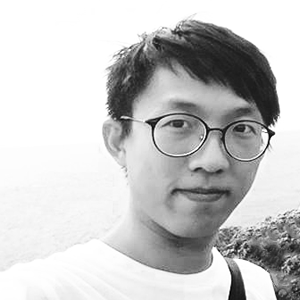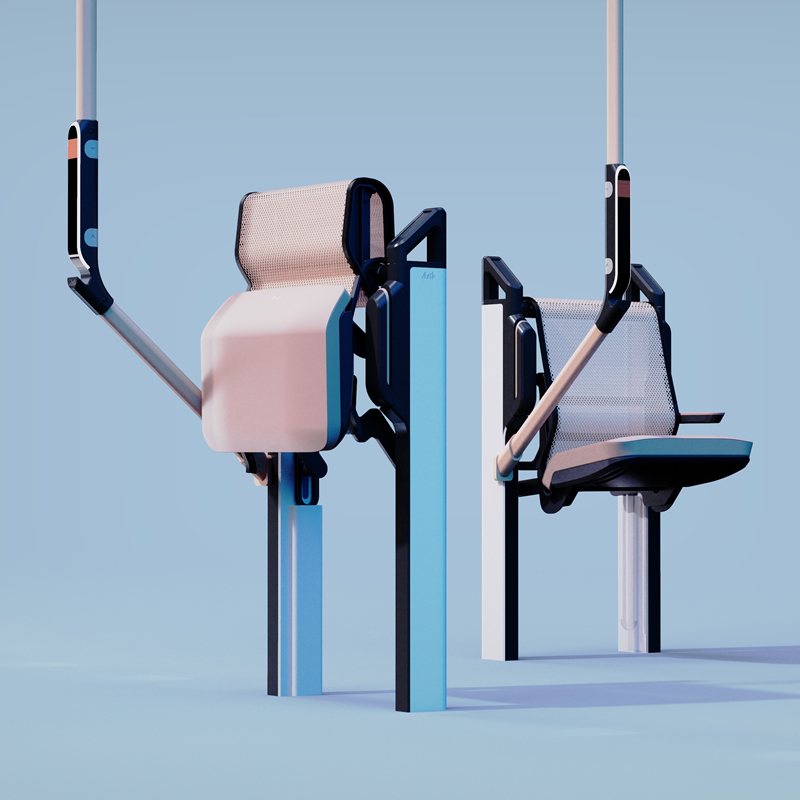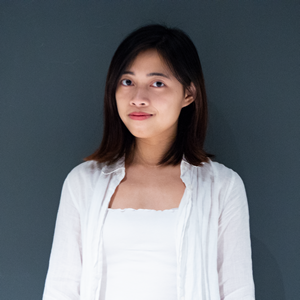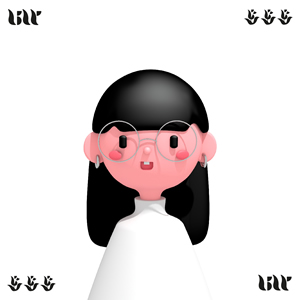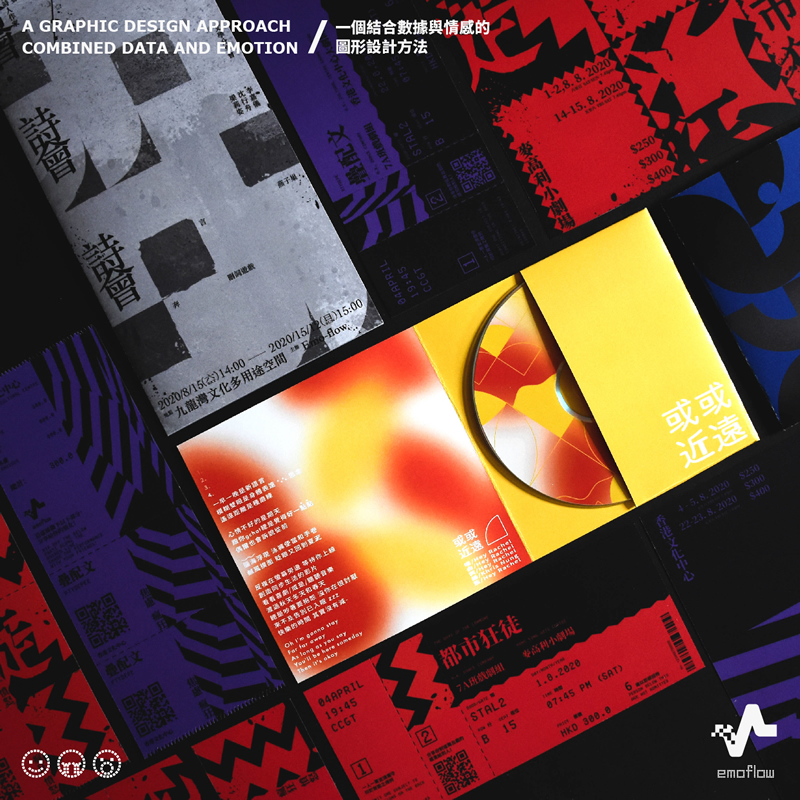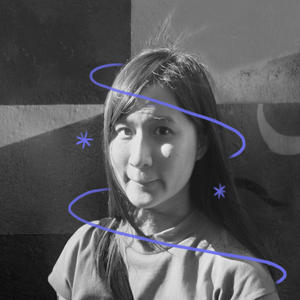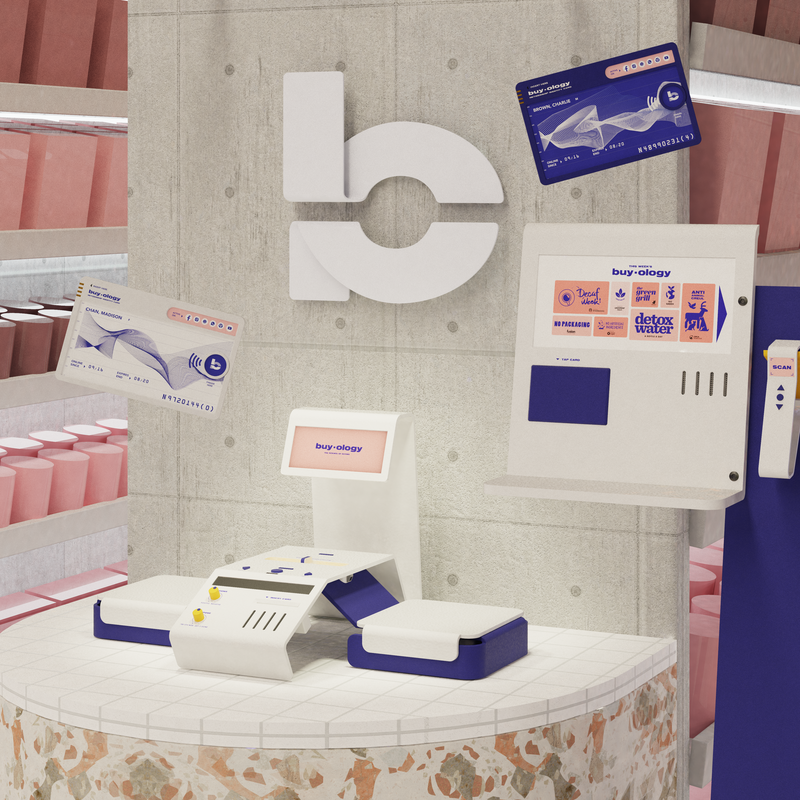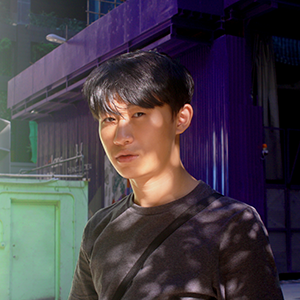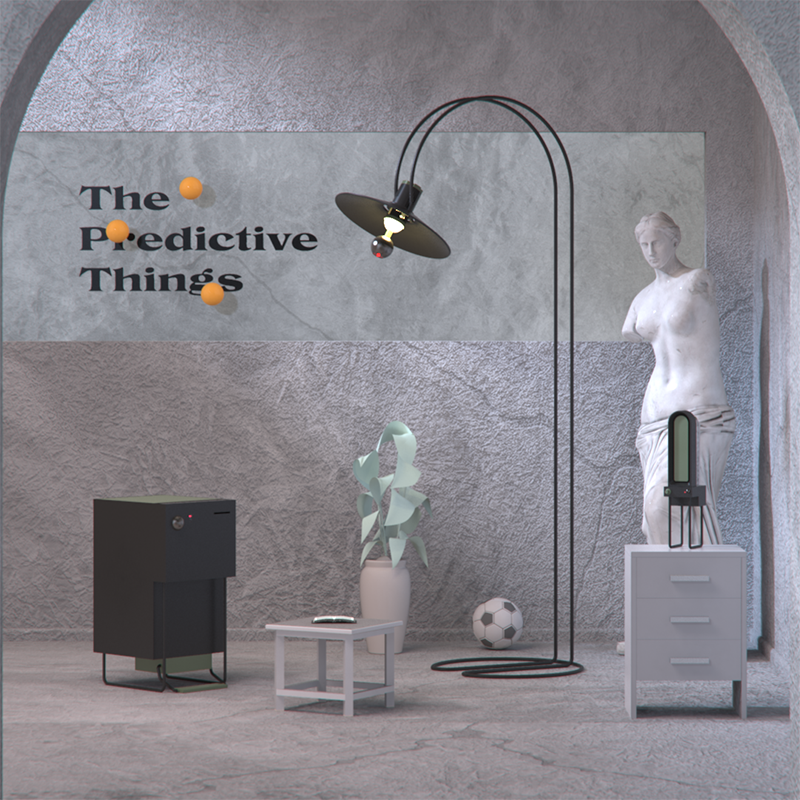‘What happens if I living in the future? ‘ Technology has emerged in our daily life. We are so satisfied with what the internet can give, but seems we left the 'real' behind. A future that is appreciated to live in. Perhaps, an inclusive public transport would be the start to connect to the 'real'.'Double-decker bus' is one of the important public transport in Hong Kong. However, the problem of increasing special needs users in the future might cause restrain for people to enjoy their journey in the future. Therefore, a well designed inclusive public transport is important in the future.
This is a narrative project using water as the element with all its different characteristics to create spatial components and configurations to construct a living system in, on and under the sea.
The design is about the interiority of space and the body experience of it in relation to the notion of water and its many functions. Water is an essential element used for different purposes to create and develop a habitat on sea. All living creatures require water to grow and reproduce. Water is the origin of life.
Water floods are predicted to have a major impact on our future living conditions affecting coastal areas where people live. As there will be not enough terrain for people to all live on land in the future, the government supplies several bubble-cells systems as home shelters on sea. Since living on sea is challenging, teenagers with a healthy body are sent to live in those water habitats. Although the living spaces and resources might be limited, the youngsters engage with the changing circumstances of living on sea and explore the created features of water and its various behaviour.
Under the advancement of technology, transitional designs are replacing by technology. We pay bills by using an e-wallet. We listen to music by using an app. Communication design gradually becomes homogeneous and emotionless.
However, graphics are like a container of emotion, giving people an enrichment of the inner mind and connecting each other in society. So, this project aims to explore the possibility of how graphics can take a stake in a technology-driven society.
Emo-flow is an interactive graphic design approach combined emotion and data. Based on audiences’ data, 25 emotions visualised into graphics for designers as a reference to create graphics. This design project takes an art project (to promote artists who in the field of music, writing and drama) as a background. The design approach would be applied to the promotional items (e.g. tickets, posters and leaflets) for the project’s activities.
Current grocery stores and markets are using primitive consumer reward systems like membership cards and bundle purchases. Is there a more complete process for bringing benefits to both consumers and brands? And that leads me to make use of better technology, big data, and hyper-personalization.Buyology is a near-future speculative project inspecting the combination of big data and consumerism. It is about a grocery store scenario and how technology helps our buying decisions. Tackling with choices, prices, and sales, Buyology aims to create new thinking towards purchases and big data.
This project proposes a future scenario where our home products predict and manipulate us for the betterment of our lives. The motivation behind this project was to speculate how technological advances would happen inside our homes, where autonomy is not the main drive in innovation, but well-being and predictive controls.
